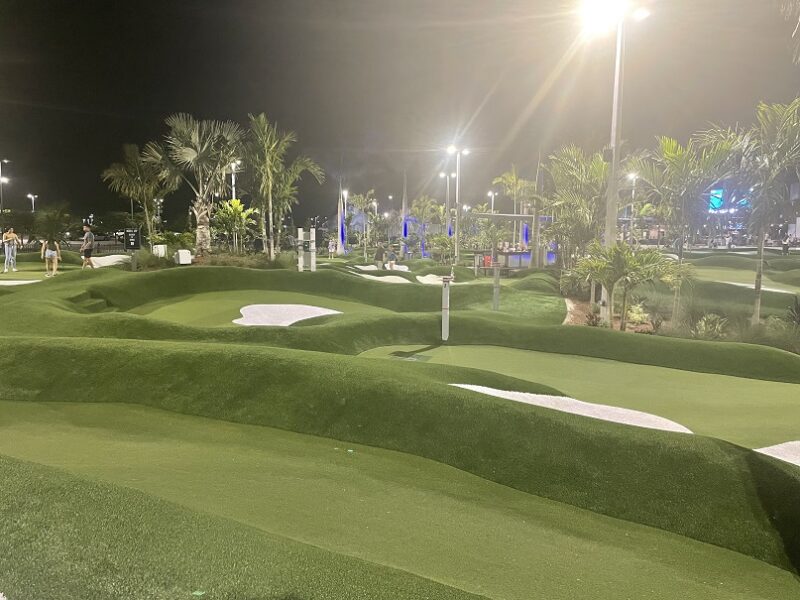Last October, Jason Straka was elected president of the American Society of Golf Course Architects (ASGCA) at the organization’s 75th Annual Meeting in Cleveland. Fry/Straka Global Golf Course Design won this renovation project for the Belleair Golf Club’s 2 golf courses 5 years ago.
That’s why I thought I’d ask what are the latest trends and expectations in golf course development.
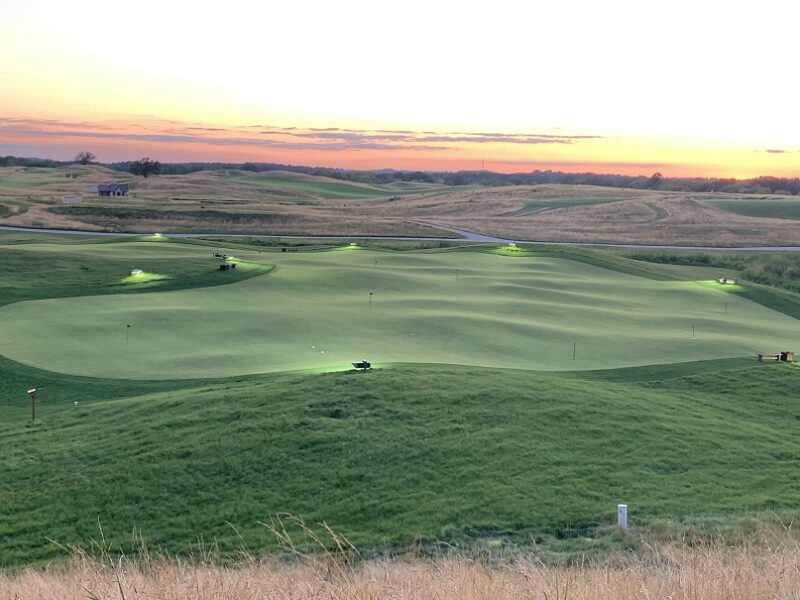
What are the most common types of golf course development projects in the last 3-5 years?
Renovations and rebuilds far outpaced the construction of new courses in the last 3-5 years. This does not mean all projects were small though. Many of the rebuilds actually became rebranding, with a total reimagining of a golf course.
Essentially brand new golf courses were built over the top of old ones. While we are seeing new course construction begins to pick up again, renovations and rebuilds will still drive the golf development economy for the foreseeable future.
Covid-19 had a major, positive impact on golf. People craved social interaction, physical and mental exercise, and an avenue to escape daily stress. Golf provided for all of that in a safe outdoor environment.
Further, many people discovered they could work effectively from home, which gave them greater flexibility in work hours, and more hours in the day not having to commute. All of these things combined together made golf extremely popular once again.
Clubs are full and public courses are very busy. This puts more money in the pocketbook of owners and allows them to fund capital improvement projects, some of which were long overdue.

Inflation is a definite threat to the busy golf economy though. Prices for everything are skyrocketing, so not only are construction prices substantially rising but so too are everyday living items like food and gas.
This makes for less discretionary funds and some people may not be able to afford to play as much golf. On top of this, there is such a backlog of materials it is causing delays in construction. So while there is a lot of positive news in the golf development business, there are also some very serious threats too.
What are the latest expectations from golf course developments?
Beyond sustainability, good playing conditions will always be at the forefront of most, if not all customer desires. Large golf media outlets surveyed golfers at various times in the past to verify that, and everyone in the industry knows generally knows it to be true as well.
Additionally, there has been a shift in what types of facilities are popular. Take TopGolf for example, their business has boomed. Now we have Golf Shack, PopStroke and others. ‘Alternative’ golf facilities have become hip such as par 3 courses, gamification of courses and more.
For many golf course architects this change is actually refreshing. We like to be creative and not always confined to designing with many restrictions. For example, my firm is designing a number of par 3 courses, lighted golf facilities and even a new reversible golf course.
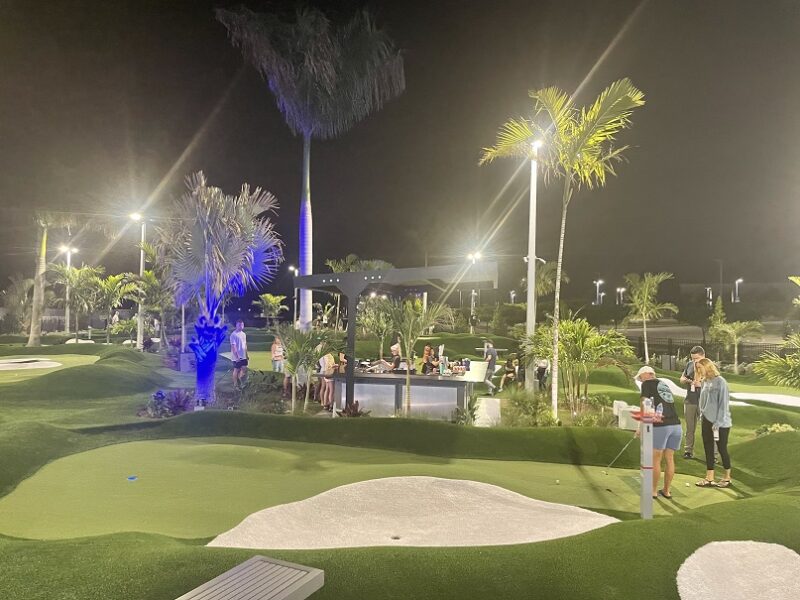
What are the most promising technology solutions for greenkeepers and golf architects?
I always tell everyone that today will be the slowest rate of technological change that we all experience for the rest of our lives. That is how fast tech is changing our everyday lives, to include golf.
The golf industry is always striving to limit the amounts of inputs it takes to develop and manage a golf course. Inputs such as water, fossil fuel, fertilizers, pesticides, etc. are not only costly, but they are much harder to obtain now too.
That could be simply due to market demand, or due to governmental regulations. Considerable amounts of research and development is devoted to limiting these items, but also to find solutions to labor shortages as well.
For years now, the shortage of labor has been the single biggest challenge to maintaining golf courses. There is a big push in robotic mowing now for example.
Recently I visited two course that did all mowing, except the greens, with electric robotic mowers (see picture below). Every bit of grass other than greens is mowed by a robot!
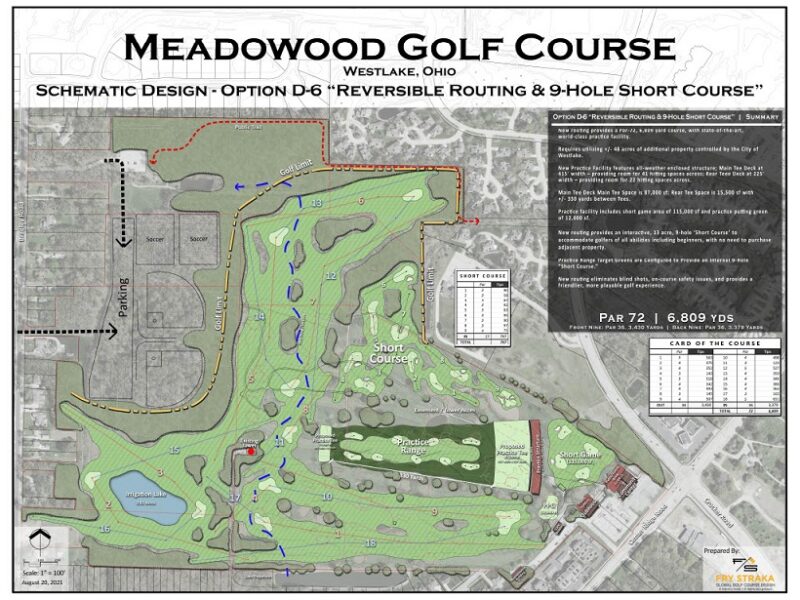
How can golf club managers help golf architects work?
My single biggest advice is to ensure there is a common vision between the golf club manager superintendent and golf course architect.
Architects work most effectively when they are given the freedom to use their creativity, but that can’t happen, or at least happen well when there is not a clear defined end result.
I also suggest leaning on golf course architects for a host of other items beyond just design work. For example, I’ve been spending at least half of my time sourcing construction materials, contractors, shapers, alternative construction methods, consultants, educating members, and so much more.
Most golf course architects are a wealth of resources and are excellent facilitators, so I would encourage mangers to tap into that knowledge and experience.
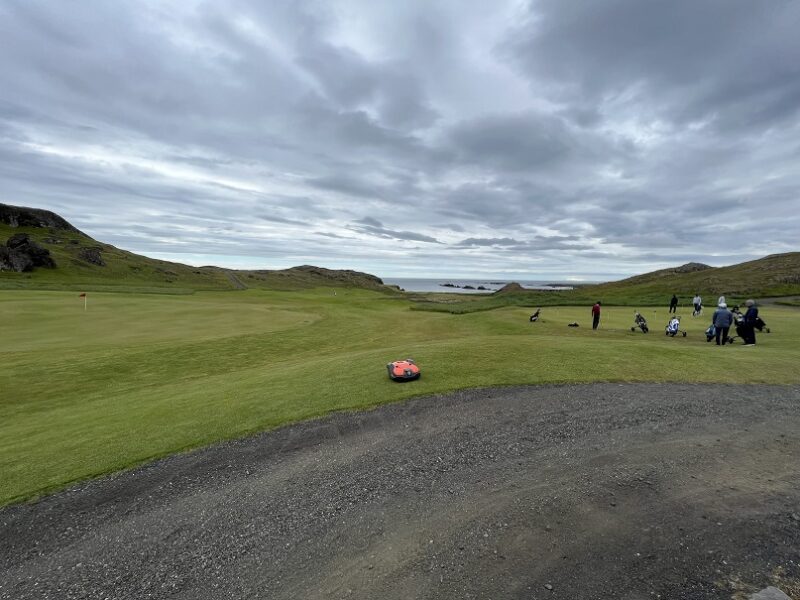
Can you use artificial intelligence in your work?
We use artificial intelligence in our work every day, just as we use it every day in our lives. For example, drone technology is used to create extraordinary accurate 3D models of our golf course sites to be used as the basis for our design work.
Those drones also regularly document progress of construction and can be fitted with infrared cameras to analyze plant health.
Additionally, we create highly detailed 3D computer animated graphics, use GPS technology in earthworks and to apply fertilizer and plant health products, robotic technology to mow grass, accumulate and analyze weather data, climate and soil sensors to control irrigation cycles, and much, much more.
